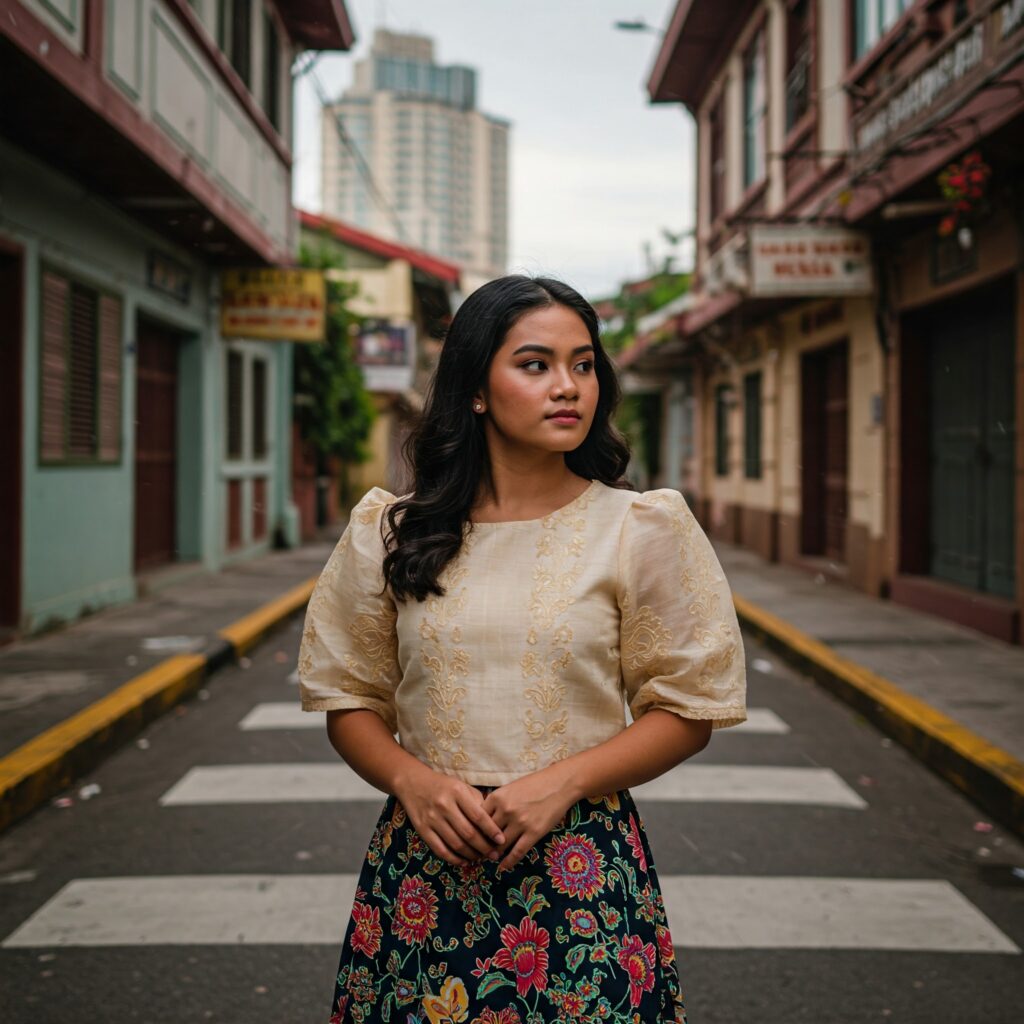The Filipino diaspora represents one of the most significant global migration phenomena of the modern era, with profound implications for both the Philippines and host countries worldwide. This extensive movement of people has created complex patterns of cultural exchange, economic interdependence, and social transformation that continue to shape Philippine society in the 21st century. The migration of millions of Filipinos across the globe has not only resulted in substantial remittance flows but has also catalyzed a dynamic process of cultural hybridization, where traditional Filipino values and practices interact with global influences. Understanding this two-way exchange is crucial for appreciating how globalization affects cultural identity and national development in an increasingly interconnected world.
The Scale of Filipino Migration
The Philippine diaspora has reached remarkable proportions, with Filipino communities established across nearly every continent. According to the Commission on Filipinos Overseas (CFO), the statistics of overseas Filipinos as of December 2022 reveal the following distribution:
| Category | Number of Filipinos | Percentage |
|---|---|---|
| Permanent Migrants | 5.2 million | 41.8% |
| Temporary Migrants | 5.7 million | 45.8% |
| Irregular Migrants | 1.5 million | 12.4% |
| Total | 12.4 million | 100% |
Source: Commission on Filipinos Overseas (CFO) Annual Report 2022
Economic Dimensions of the Diaspora
The economic impact of Filipino migration has been substantial and multifaceted. Remittances from overseas Filipino workers (OFWs) have become a cornerstone of the Philippine economy, contributing significantly to the country’s GDP and foreign exchange earnings. The Bangko Sentral ng Pilipinas (BSP) provides the following data on remittance flows:
| Year | Remittances (in USD billions) | % of GDP |
|---|---|---|
| 2020 | 33.2 | 9.2% |
| 2021 | 34.9 | 8.9% |
| 2022 | 36.1 | 8.6% |
Source: Bangko Sentral ng Pilipinas (BSP) Annual Report 2022
Cultural Transformation and Hybridity
Language Evolution
The Filipino diaspora has significantly influenced the evolution of Philippine languages, particularly Filipino and English. The phenomenon of “Taglish” (a mixture of Tagalog and English) has become increasingly prevalent, especially in urban areas and among younger generations. This linguistic hybridization reflects the complex interplay between traditional Filipino communication patterns and global English-language dominance. The interaction between overseas Filipinos and their homeland has accelerated the adoption of foreign words and expressions, creating new forms of cultural expression that blend local and global elements.
Changing Family Dynamics
The massive outward migration has fundamentally altered traditional Filipino family structures and relationships. Extended families have adapted to transnational arrangements, with communication technology playing a crucial role in maintaining family bonds across vast distances. Studies by the Philippine Institute for Development Studies (PIDS) indicate that families with OFW members often experience significant changes in gender roles, parenting practices, and intergenerational relationships. These transformations have led to both challenges and opportunities in preserving Filipino family values while adapting to global influences.
Food Culture and Fusion
Filipino cuisine has undergone remarkable transformation through diaspora influences. Traditional Filipino dishes have been adapted to international tastes, while foreign culinary practices have been incorporated into Philippine cooking. This gastronomic exchange has resulted in innovative fusion cuisines that reflect the global Filipino experience. According to the Department of Tourism’s Culinary Tourism Report 2022, Filipino restaurants abroad have increased by 300% in the past decade, serving both traditional and fusion dishes.
Global Filipino Identity
Cultural Ambassador Role
Overseas Filipinos have become unofficial cultural ambassadors, introducing Philippine culture to their host countries through various means. Cultural festivals, art exhibitions, and community events organized by Filipino communities abroad have significantly increased global awareness of Philippine heritage. The Cultural Center of the Philippines reports that Filipino cultural performances abroad increased by 250% between 2012 and 2022, reaching audiences in over 50 countries.
Digital Connectivity and Cultural Preservation
The rise of digital platforms and social media has created new channels for cultural exchange and preservation. Filipino diaspora communities actively maintain connections with their homeland through online platforms, sharing cultural content, and participating in virtual events. According to the Digital 2022 Report by We Are Social and Hootsuite, Filipinos spend an average of 4 hours and 15 minutes daily on social media, facilitating continuous cultural exchange between overseas Filipinos and those in the Philippines.
Impact on Philippine Society
Social Remittances
Beyond financial contributions, overseas Filipinos transmit ideas, behaviors, and social capital back to their communities of origin. These “social remittances” influence everything from educational aspirations to political awareness and gender relations. Research by the University of the Philippines Population Institute shows that children of OFWs are more likely to pursue higher education and international careers, indicating a shift in social mobility patterns.
Modernization and Traditional Values
The diaspora has accelerated the modernization of Philippine society while simultaneously spurring efforts to preserve traditional cultural elements. This dynamic has led to unique hybrid forms of cultural expression that combine modern global influences with traditional Filipino values. The National Commission for Culture and the Arts (NCCA) documented this phenomenon in their 2022 Cultural Heritage Report, noting both the preservation and evolution of traditional practices in diaspora communities.
Challenges and Opportunities
Brain Drain vs. Brain Gain
The migration of skilled professionals presents both challenges and opportunities for the Philippines. While the country experiences some loss of talent, many overseas Filipinos return with enhanced skills and international experience. According to the Department of Labor and Employment (DOLE), returning OFWs have contributed significantly to knowledge transfer in various sectors:
| Sector | Percentage of Returnees Contributing to Innovation |
|---|---|
| Healthcare | 45% |
| Information Technology | 38% |
| Education | 35% |
| Business Management | 32% |
Source: DOLE Returning OFW Survey 2022
Cultural Identity and Integration
Second and third-generation Filipinos abroad face unique challenges in maintaining their cultural identity while integrating into their host societies. This has led to the emergence of new cultural programs and initiatives aimed at preserving Filipino heritage across generations. The Commission on Filipinos Overseas reports that participation in cultural education programs among young Filipino-foreigners has increased by 150% since 2015.
Future Perspectives
The Filipino diaspora continues to evolve, shaped by global economic trends, technological advancement, and changing migration patterns. As the world becomes increasingly interconnected, the role of the Filipino diaspora in cultural exchange and national development is likely to grow even more significant. The Philippine government’s “Balik Scientist” program and similar initiatives aim to harness diaspora resources for national development, suggesting a strategic approach to managing this global network of Filipino talent and influence.
Conclusion
The Filipino diaspora represents a powerful force for cultural and social transformation, creating dynamic patterns of exchange that continue to reshape both Philippine society and global communities. While challenges exist in maintaining cultural authenticity and managing the social costs of migration, the diaspora has also created unprecedented opportunities for cultural enrichment and national development. Understanding and leveraging these connections will be crucial for the Philippines as it navigates the complexities of globalization in the 21st century.
Disclaimer: This article is based on data from official government sources and academic research available as of 2024. While every effort has been made to ensure accuracy, statistics and trends may have changed since publication. Readers are encouraged to verify current data with official sources and report any inaccuracies for prompt correction. The analysis presented here reflects general trends and may not represent all individual experiences within the Filipino diaspora.




